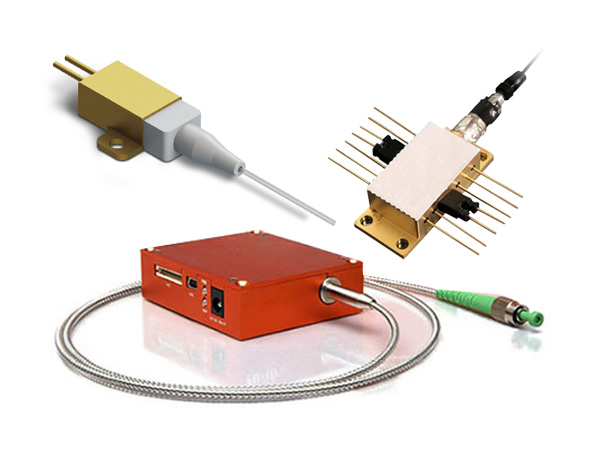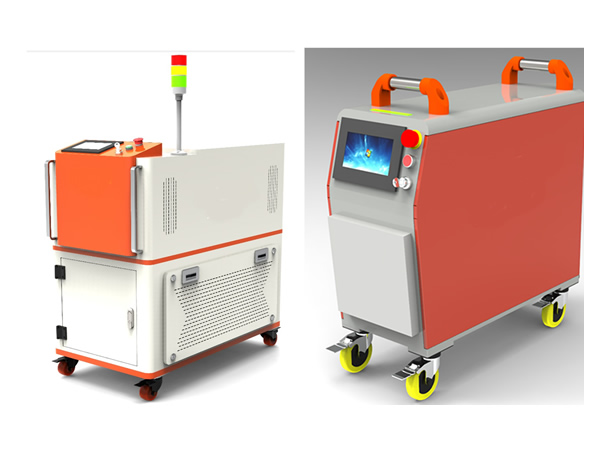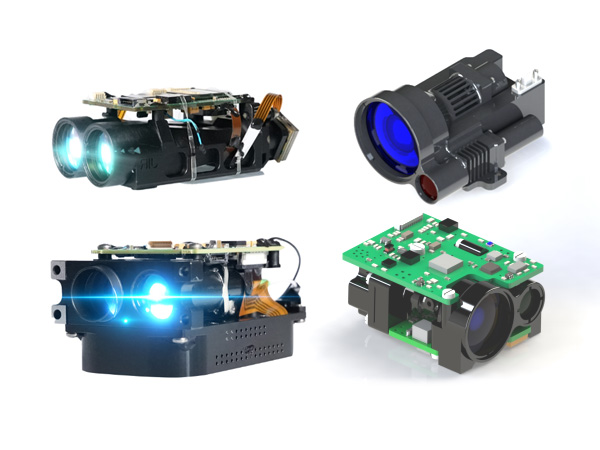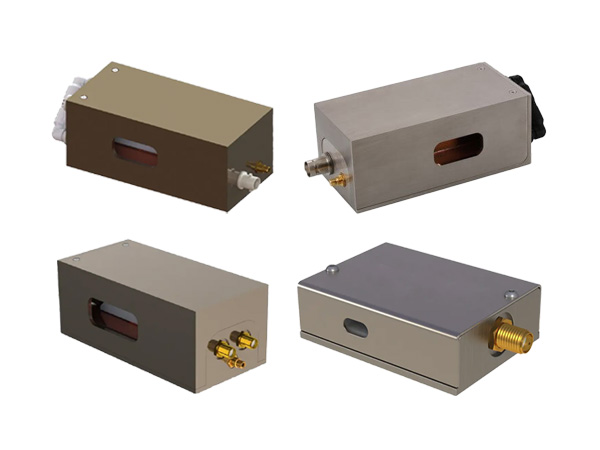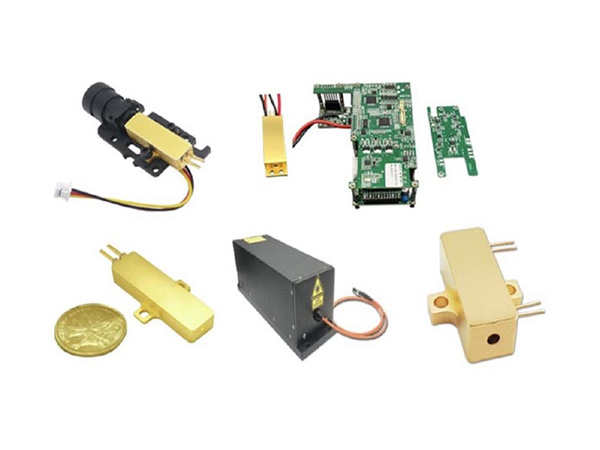Our Krypton-Xenon Laser Lamps: Mercury-Free Light Source Technology Driving Innovation Across Multip
In the rapidly evolving landscape of laser technology, laser lamps—the core pumping source for solid-state lasers—directly dictate the precision, power, and stability of laser equipment. Our Kr (krypton) and Xe (xenon) series laser lamps have emerged as a preferred solution for welding, medical procedures, industrial marking, and other fields, thanks to their mercury-free, eco-friendly design, multi-scenario adaptability, and high reliability. They deliver a balanced light source solution that combines performance and cost-effectiveness for laser equipment users worldwide.
Core Products: Differentiated Advantages of Two Laser Lamp Types
Our laser lamps primarily fall into two categories: continuous-wave (CW) krypton lamps and pulsed xenon lamps. Leveraging distinct gas discharge principles, these two types address diverse application needs and form a complementary product portfolio.
Continuous-Wave Krypton Lamps: A Stable Choice for High-Precision Industrial Use
Continuous-wave krypton lamps are defined by their steady, uninterrupted energy output. Manufactured on our independently developed automated production lines, they offer exceptional performance consistency across individual units. Additionally, enhanced sealing processes and structural optimizations have significantly extended their service life. Their key parameters span a wide range of specifications—for example, models with a bore diameter of 4–8mm feature arc lengths from 50mm to 165mm, with a maximum arc power of up to 930W/cm, capable of meeting the pumping requirements of lasers across various power levels.
In practice, these krypton lamps excel in industrial marking, laser welding, and cutting applications. For instance, Model ST209 is compatible with laser equipment from brands like Rofin and Hysol, making it ideal for high-precision metal surface marking. Model ST641, specifically designed for Han's Laser T80C machines, maintains stable long-term output during auto parts welding, preventing light source fluctuations from compromising welding precision. Furthermore, high-power models such as the ST8000 (compatible with 500W lasers) are suitable for precision processing of aerospace components, balancing efficiency and quality.
Pulsed Xenon Lamps: An Efficient Solution for High-Energy Transient Demands
Pulsed xenon lamps (also referred to as flash lamps) are distinguished by their high pulse energy and broad-spectrum output. By optimizing the quartz glass housing, gas filling ratio, and electrode design, we have significantly improved their service life while ensuring high energy density. Their parameters cover a wide spectrum—for example, the STX series pulsed xenon lamps operate at gas pressures up to 500 torr, with trigger voltages of 15–20kV and pulse widths of 0.3–5ms. Select models boast a service life of up to 8–10 million pulses, meeting the demands of high-frequency operation.
In the medical sector, pulsed xenon lamps serve as core components in IPL (Intense Pulsed Light) equipment for photorejuvenation and hair removal. Model ST5712, for example, is tailor-made for acne treatment and hair removal devices, delivering gentle yet effective light energy. In industrial settings, they support rapid thermal processing of silicon wafers and UV curing—Model ST7047, compatible with laser systems from Continuum and Quantel, enables precise temperature control during silicon wafer processing in semiconductor manufacturing. Additionally, their broad-spectrum properties allow them to simulate natural sunlight in solar simulation equipment, facilitating performance testing of photovoltaic modules.
Technical Highlights: Comprehensive Innovation from Design to Manufacturing
The core competitiveness of our laser lamps lies in continuous breakthroughs in materials, processes, and quality control—all of which collectively ensure stable performance under complex operating conditions.
In material selection, key components utilize cerium-doped quartz glass carefully sourced by our team. This material offers excellent high-temperature and radiation resistance, withstanding the extreme heat and pressure of laser operation while minimizing performance degradation caused by glass aging. During gas filling, strict controls on purity and pressure are enforced—for instance, the STK series krypton lamps operate at a gas pressure of 2280 torr, ensuring stable discharge and preventing impurity gases from reducing luminous efficiency.
In terms of manufacturing processes, the adoption of automated production lines marks a significant milestone for our operations. Compared to traditional manual manufacturing, our automated workflows not only reduce human error but also enable precise alignment between electrodes and glass tubes, enhancing sealing performance. This is a key factor in our laser lamps exceeding the industry average service life by more than 30%. Moreover, our ability to provide customized designs for specific applications—such as low-heat output structures for medical equipment and anti-vibration enclosures for industrial use—further expands the products’ application scope.
For quality control, every laser lamp undergoes multiple rounds of rigorous parameter testing before leaving the factory, including assessments of static impedance, current tolerance range, and luminous uniformity, ensuring all key parameters meet technical standards. Taking Model STK-8x100x250-5x10 as an example, parameters like its recommended maximum operating power and K0 value have been validated through both theoretical calculations and practical testing, providing users with reliable operational guidance.
Application Adaptation: Comprehensive Solutions for Multiple Industries
With a diverse product portfolio, our laser lamps—through flexible combinations of models and parameters—have been seamlessly integrated into industrial manufacturing, medical aesthetics, semiconductors, scientific research, and other fields, becoming a trusted partner for many leading laser equipment brands.
In industrial manufacturing, beyond standard laser marking and welding, our laser lamps support laser cleaning and 3D printing. Model ST726, for instance, is compatible with Rofin Sinar’s PowerLine series lasers, efficiently removing oil stains and rust from metal surfaces. In metal 3D printing, high-power pulsed xenon lamps deliver precise localized heating, ensuring strong bonding between printed layers.
The medical aesthetics industry represents a key application area for pulsed xenon lamps. Our dedicated models for this sector—such as the ST1500, compatible with IPL equipment from Quanta and BIOS—enable hair removal, spot reduction, and photorejuvenation by adjusting pulse width and energy density. Furthermore, their mercury-free design complies with medical equipment environmental standards, reducing potential risks to operators and patients.
The semiconductor and scientific research sectors demand exceptional precision and stability from laser lamps. Our models like the ST8045, compatible with lasers from Continuum and Quantel, support applications such as laser spectrum analysis and quantum communication experiments. In silicon wafer manufacturing, the rapid thermal processing capability of pulsed xenon lamps enables precise doping and annealing, enhancing chip performance.
Additionally, we offer customized services. If a user’s existing equipment model is not listed in our standard product range, they can provide key parameters (e.g., arc length, outer diameter, base dimensions), and our engineers will develop a tailor-made laser lamp. Examples include custom krypton lamps with ultra-long arc lengths (over 150mm) for specialized laser cutting machines, or low-power micro pulsed xenon lamps for laboratory research equipment.
Selection Guide: How to Choose the Right Laser Lamp
For users, selecting the appropriate laser lamp from our range requires focusing on three key factors: equipment compatibility, application requirements, and parameter matching—ensuring the light source perfectly aligns with the laser’s performance capabilities.
First, prioritize referencing the equipment brand and model. Our official website provides a detailed "Laser Lamp-Equipment Brand" compatibility table. For example, users with Miyachi laser equipment can select our Models ST8516 and ST9553, while those with Cynosure equipment can opt for Model ST9551. This allows users to quickly identify suitable models and minimize compatibility issues.
Second, clarify the core requirements of the application scenario. For continuously operating industrial marking equipment, our continuous-wave krypton lamps are the optimal choice—focus on parameters like "maximum arc power" and "service life." Model ST5028, with a service life of over 600 hours, is well-suited for high-frequency production environments. For pulsed medical equipment, our pulsed xenon lamps are preferred—prioritize parameters such as "pulse width," "repetition frequency," and "trigger voltage." Model STXF920, with a pulse width of 0.3–5ms, meets the multi-mode treatment needs of IPL equipment.
Finally, verify key parameters. Critical specifications include bore diameter (Bore), arc length (Arc), overall length (OAL), and outer diameter (OD)—all of which must fully match the dimensions of the laser’s light source compartment to avoid equipment failures due to mismatched installation sizes. For example, a laser lamp with a 5mm bore diameter must align with the inner diameter of the laser’s light source compartment; a deviation exceeding 0.5mm may cause uneven light emission and compromise laser output quality.
From technological innovation to real-world application, our krypton-xenon laser lamps provide robust light source support for the expansion of laser technology, leveraging their mercury-free, eco-friendly design, high reliability, and strong adaptability. Whether for efficient industrial processing, precise medical treatments, or cutting-edge scientific research, we continue to drive laser equipment performance upgrades through ongoing technological advancement—fueling high-quality development across multiple industries.
For more information on our Kr and Xe Laser Lamps, please click here.
 English
English Français
Français Deutsch
Deutsch euskara
euskara Русский язык
Русский язык Italiano
Italiano Português
Português Nederlands
Nederlands Polski
Polski Greek
Greek Lietuva
Lietuva Türkçe
Türkçe 日本語
日本語 한어
한어 中文
中文 தாமில்
தாமில் فارسی
فارسی हिंदी
हिंदी Tiếng Việt
Tiếng Việt ภาษาไทย
ภาษาไทย Pilipino
Pilipino Indonesia
Indonesia தாமில்
தாமில்
